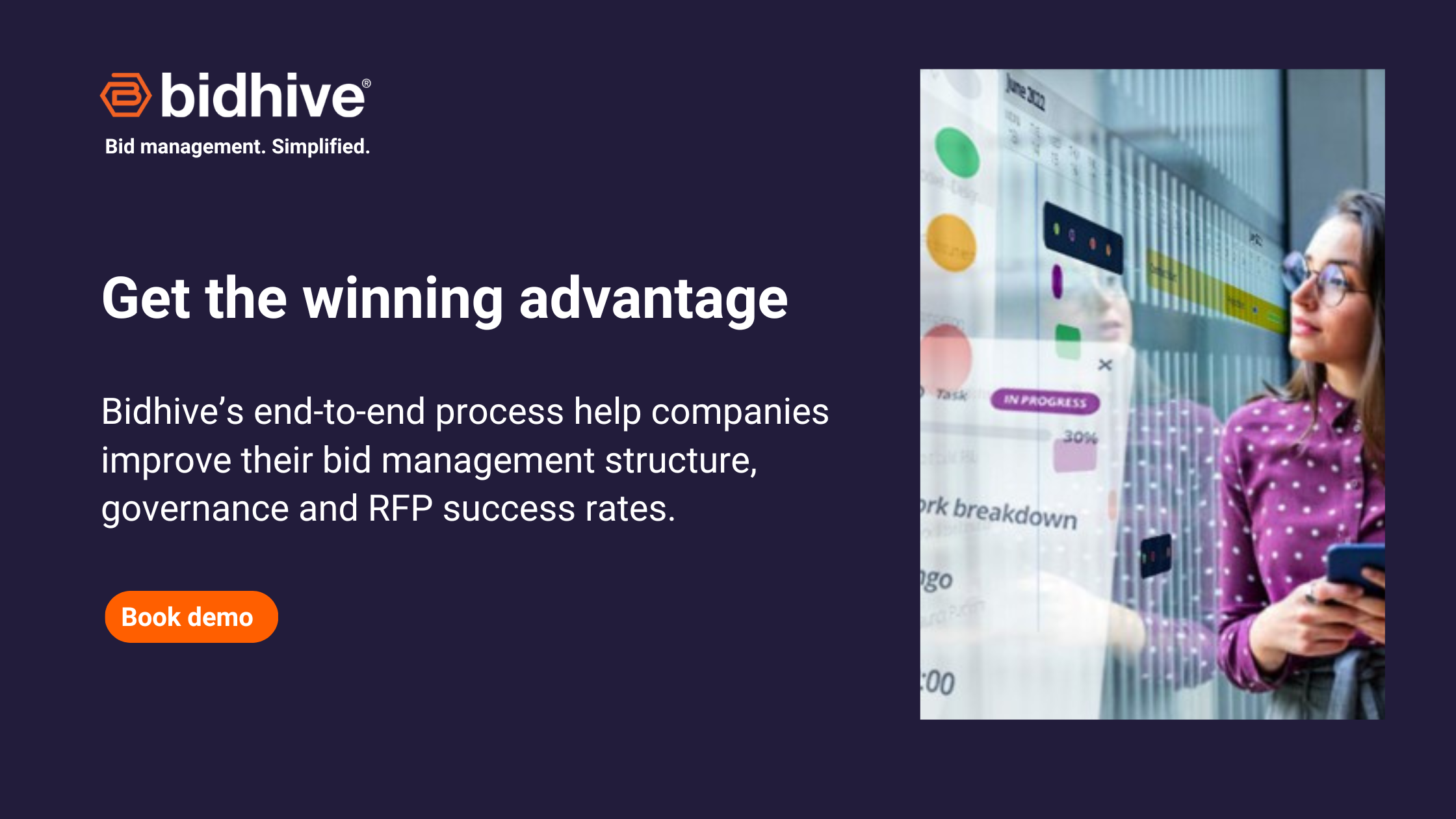The adoption of Artificial Intelligence (AI) is radically transforming various sectors and internal functions within organisations, one of which is bid and proposal management. This traditionally human-centric, highly technical, and manual process is now being reimagined through the lens of Generative AI.
The challenge of unstructured data
Large enterprises, especially those servicing a diverse range of markets and industries, often grapple with the task of unifying their knowledge assets due to disjointed IT architectures. This challenge is further complicated by internal restructures, mergers and acquisitions, staff turnover, and the consequent loss of corporate knowledge. Over time, crucial documents housing customer and market intelligence, unique solution designs, client or account management plans and innovative methodologies utilised on projects remain hidden – undiscoverable by others because they are trapped in offline file repositories or cloud-based data silos.
However, Large Language Models (LLMs) are increasing the value of this unstructured data. The capacity of Generative AI to uncover and utilise previously hidden data is fuelling extraordinary progress in the bidding and proposal process, simplifying the complexity of gathering, annotating, and synthesising heterogeneous datasets.
Data layer consolidation and quality
For AI to effectively support bidding strategies, it is crucial to consolidate data from various sources into a unified data layer while ensuring high data quality. With this data foundation, organisations can convert their vast repositories of bidding knowledge into competitive assets, unlocking unprecedented levels of innovation and growth.
The value of the insights derived from your data is directly proportional to its accuracy. Inaccurate or outdated data can lead to misguided decisions. Therefore, there needs to be rigorous data governance policies and processes such as data cleansing, validation, and auditing. Once this is done, your high-quality data can form the basis of decision-making, forecasting, and strategy formulation in the bidding process.
Data layer privacy, security and analysis
In the bidding and proposal process, businesses often deal with sensitive information such as customer details, pricing information, and strategic plans. Any breach of this information can have severe consequences, including loss of customer trust, regulatory penalties, and competitive disadvantage. As the volume and complexity of data increase, ensuring data security and privacy becomes paramount. Centralising data in a secure and structured manner is one way to reduce the risk of data silos, which can lead to information loss and increased security risks. This requires a well-designed data management system that allows for easy retrieval and analysis of the data.
Regardless of whether your data is centralised or decentralised, robust data security measures and governance frameworks need to be in place to protect sensitive information from unauthorised access and potential threats. These may include data encryption, access controls, intrusion detection systems, and regular security audits. In addition, businesses need to comply with relevant data protection regulations and standards.
Implemention of AI in bidding and proposals
The integration of Generative AI into the bidding process offers several potential benefits, including efficient knowledge management, content generation, targeted bid research, enhanced decision-making, and automation of repetitive tasks. This allows bid teams to focus more on strategic activities, such as crafting compelling proposals and building relationships with clients.
However, implementing AI into bid management also presents challenges. A robust data infrastructure is needed, including a secure data storage system and a strong data governance framework to ensure data privacy and regulatory compliance. Employees also need to be trained on how to use AI tools effectively and ethically, necessitating investment in training and a culture of continuous learning and innovation. And while AI offers significant potential for improving bid and proposal management, its successful integration requires careful planning, implementation, and monitoring. It’s not a silver bullet solution but a tool that, when used properly, can enhance the bidding and proposal process by making it far more efficient and effective.
Practical strategies for an effective data layer
Creating and managing an effective data layer for bid and proposal use cases requires a strategic approach, and a lot of cleaning and structural work behind the scenes. It doesn’t ”magically” happen. Because AI requires meaningful data, the usefulness of it will depend on the quality of the data underneath it.
Here are some practical strategies:
1. Centralised bid register: A centralised bid register allows businesses to keep track of all their bids, including information about the bid outcome, team members, contract value, and customer feedback. This not only enhances visibility and coordination but also provides valuable data for AI algorithms.
2. Corporate knowledge base: A corporate knowledge base – which is screened for integrity, approved by executive management and reviewed as part of a cycle of continuous improvement – is a repository of all the knowledge assets of a company, including proposal content, market collateral, strategic plans, policy and procedures, and market intelligence reports. It provides a single source of truth that can be leveraged by AI algorithms for content generation, proposal review and analysis.
3. Content library: A content library allows businesses to store and organise their boilerplate proposal content in a structured manner. This can be used by AI algorithms to generate relevant content for proposals, including case studies, CVs and other standard requirements.
4. Customer feedback: Customer feedback or debriefs can provide valuable insights into what works and what doesn’t in proposals or projects, and can include specific feedback on key evaluation criteria; and the strengths and weaknesses of your solution and customer service delivery. This data can be used by AI algorithms to continually improve the quality of your positioning strategies, content and solutions.
5. Competitor intelligence: Understanding what competitors are doing can help businesses to refine their bidding strategies. AI algorithms can leverage competitor intelligence data to provide insights into market trends and competitive positioning.
Key takeaways
The integration of AI in bidding processes, while presenting benefits such as improved efficiency and generating insightful data, can only be fully realised through the strategic management of a robust data infrastructure. Ensuring data accuracy, consolidation, accessibility, and security is paramount for AI tools to be effective. Successful implementation of AI in bidding necessitates strategic planning, continuous monitoring, and a culture of learning and innovation.
Companies need to foster a culture of innovation and experimentation, possess the right talent, infrastructure, and governance frameworks. It is also crucial to understand the business problem at hand, identify where AI can add value, assess the organisation’s readiness for AI adoption, and determine the technical requirements for AI implementation.
It’s also mportant to remember that AI is not a panacea but a tool that can significantly enhance bidding and proposal processes when used correctly. Ethical guidelines and practices must be adhered to, ensuring responsible use of this powerful tool. As the bidding landscape continues to evolve, businesses that strategically implement and manage AI will stay ahead of the curve.


